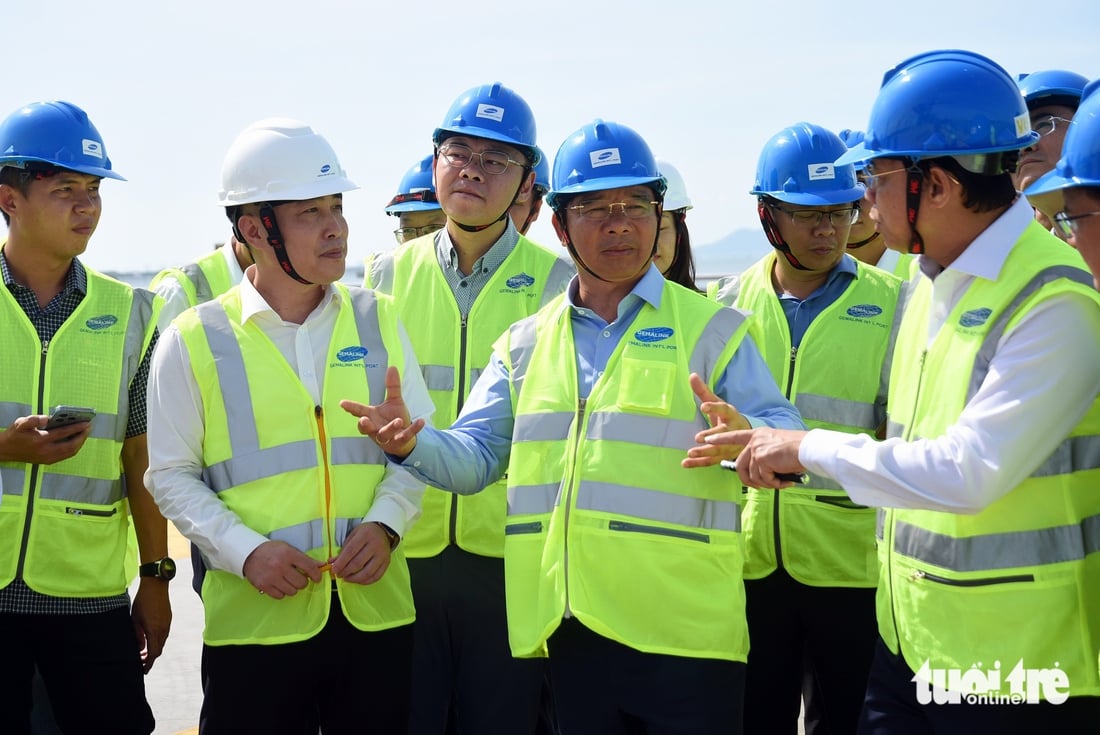
Chairman of Ho Chi Minh City People's Committee Nguyen Van Duoc led a working delegation to survey the Cai Mep - Can Gio port cluster on September 20 - Photo: A LOC
The project opens up the expectation that Ho Chi Minh City's seaport system will rise to the top 10 container ports in the world .
On the eve of the 1st Ho Chi Minh City Party Congress, Ho Chi Minh City leaders conducted important surveys and work to promote these strategic projects.
At the survey at Cai Mep - Can Gio port cluster on September 20, Chairman of Ho Chi Minh City People's Committee Nguyen Van Duoc affirmed that with the city's high political determination, he believes that Cai Mep - Thi Vai port cluster will become one of the world's seaport centers.
This week, the Chairman of the Ho Chi Minh City People's Committee is expected to have a working survey with the investor Becamex on the radial railway project from Bau Bang to Cai Mep. This railway line is considered the main engine, meeting the radial travel needs of Ho Chi Minh City residents and bringing goods from the locality to the side of international super ships.
Bau Bang - Cai Mep railway runs through the center, bringing Ho Chi Minh City towards the sea front
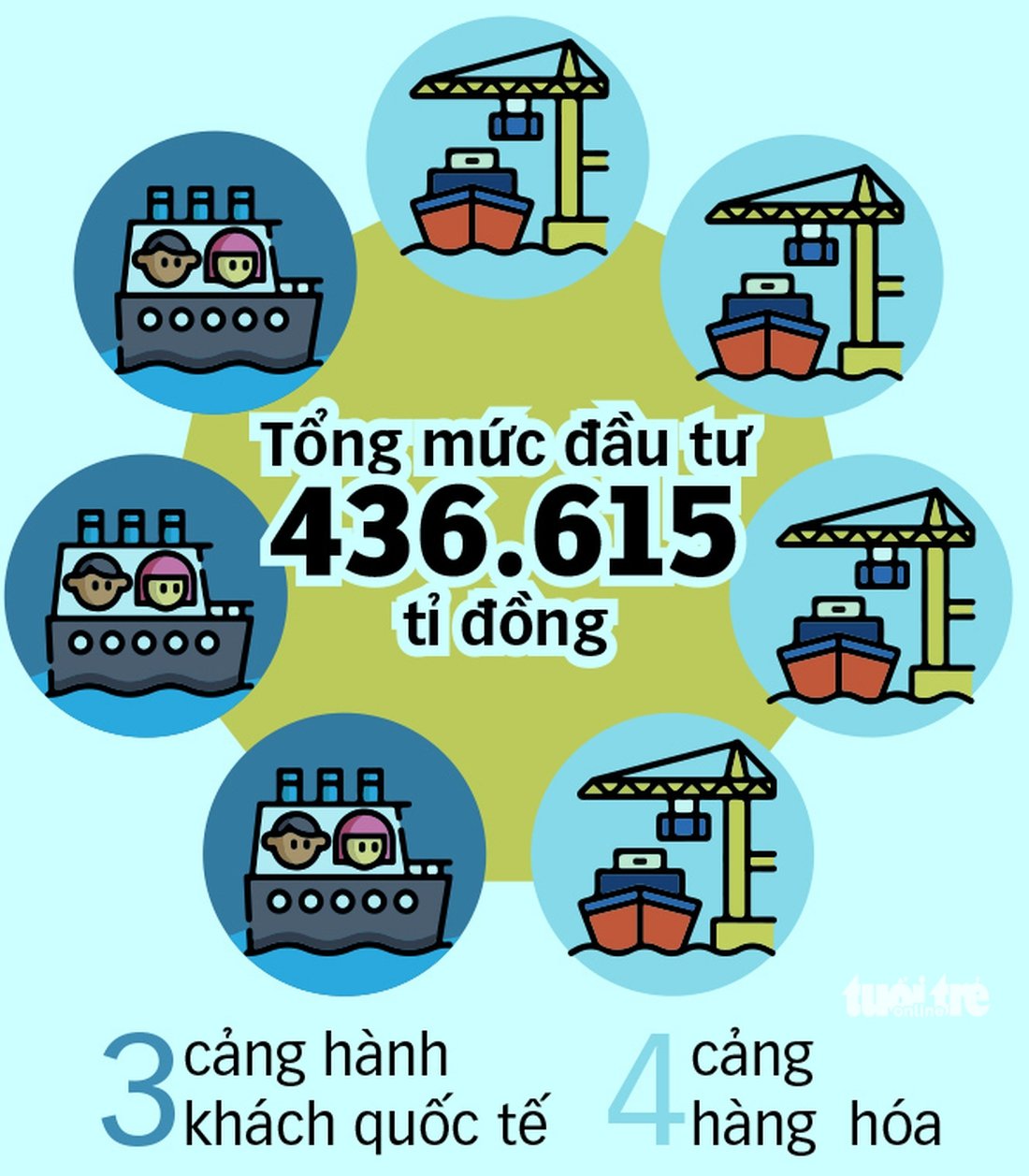
Ho Chi Minh City will prioritize investment in a number of large passenger and cargo port projects - Graphics: N.KH.
The draft political report of the 1st Congress of the Ho Chi Minh City Party Committee (term 2025 - 2030) emphasized that the merger of Ho Chi Minh City with Binh Duong and Ba Ria - Vung Tau is an unprecedented turning point in the history of urban development in Vietnam. Three dynamic economic poles converge into a megacity - finance - industry - seaport.
In the new phase, Ho Chi Minh City will develop a smart port - logistics cluster at Cai Mep - Thi Vai - Can Gio following the model of a digital super port and an integrated logistics system, operating on a big data platform.
Ho Chi Minh City will prioritize investment in an integrated, smart transport network, including investment in the railway line connecting Cai Mep - Thi Vai. From the planning and research, we can envision the shape of the city's first radial railway line, bringing goods and passengers from the remote Bau Bang area to the city center, then quickly connecting straight to the sea front.
On the seaward journey, the 53km Bau Bang - An Binh section is part of the Ho Chi Minh City - Loc Ninh railway connecting to Cambodia. The railway line is mostly elevated with a speed of 160km/h for passenger trains and 120km/h for freight trains, with a total preliminary investment of more than 64,000 billion VND.
From An Binh - the future central freight station of Ho Chi Minh City, the railway turns to Dong Nai, heading straight to the sea through the An Binh - Vung Tau section, 132km long. From this main line, there will be additional branch lines going directly to the Cai Mep - Thi Vai port cluster, the Cai Mep Ha logistics center.
Regarding progress, the former Bau Bang - An Binh railway has had an Internal Appraisal Council established by the former Binh Duong province. Currently, Ho Chi Minh City is studying new regulations to speed up the project investment process. As for the An Binh - Vung Tau railway, at the end of May 2025, the Ministry of Construction assigned Project Management Board 6 to prepare a pre-feasibility study report.
Notably, the Becamex Industrial Development and Investment Corporation has proposed that Ho Chi Minh City build a Bau Bang - Cai Mep express railway, Ho Chi Minh City - Can Tho. The goal is to build a green logistics axis in the South, becoming the green transport backbone of the South.
According to the proposal, the Bau Bang - An Binh - Cai Mep route with a total length of 127km and a total investment of nearly 153,000 billion VND, has a speed of 160km/h for passenger trains and 120km/h for freight trains.
The Ho Chi Minh City - Can Tho route is about 174km long with a total investment of more than 173,600 billion VND in phase 1. The route has a speed of 200km/h for passenger trains and 160km/h for freight trains.
The routes are designed to interconnect, forming a flexible transport network, connecting seaports, industrial zones and urban centers. When completed, this project could help save more than 2.2 billion USD in logistics costs each year.
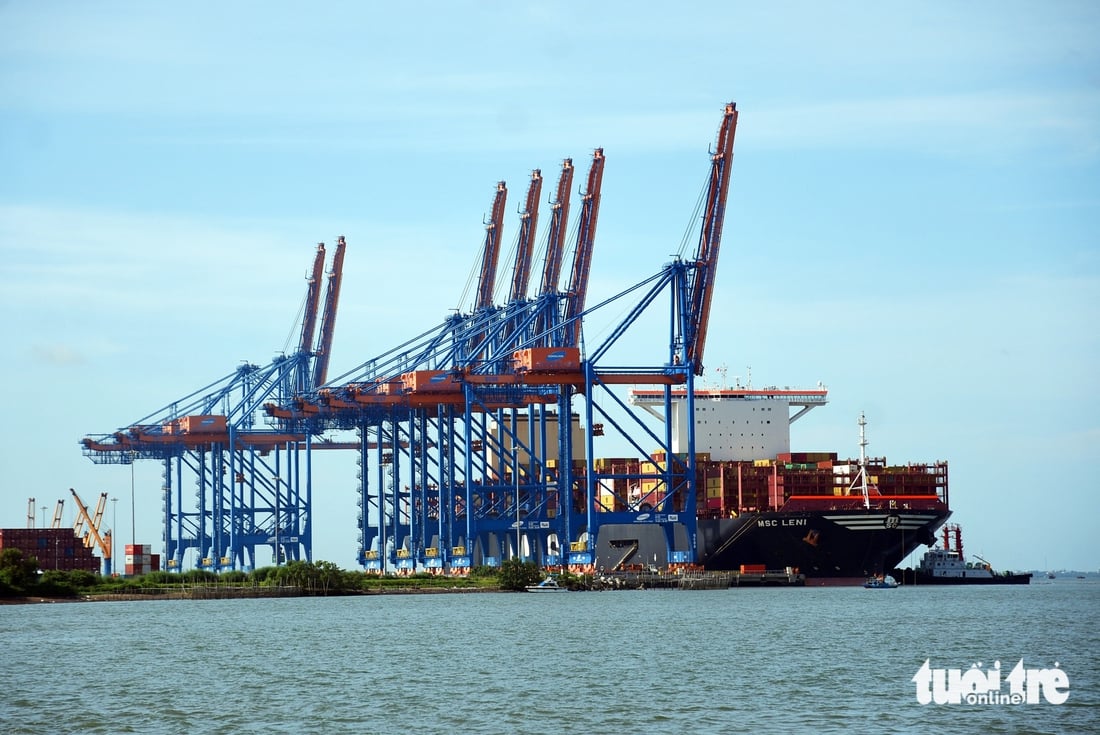
Gemalink Port in Cai Mep - Thi Vai port cluster is one of 19 ports in the world capable of receiving container ships with a capacity of up to 250,000 DWT (equivalent to 24,000 Teus) - Photo: A LOC
Railways - a powerful assistant of super ports
According to the Vietnam Maritime and Waterways Administration, goods from industrial capitals Ho Chi Minh City and Dong Nai are still mainly transported to Cai Mep - Thi Vai port by road, causing pressure on infrastructure, congestion and high costs, reducing competitiveness.
Meanwhile, railways, which are a stable, safe and environmentally friendly means of mass transport, do not have any routes that directly connect to seaports.
This is a major bottleneck, causing the Cai Mep - Thi Vai port cluster to not reach its potential and making it difficult to attract the maximum number of international mother ships.
Ports such as Shanghai, Tianjin, Rotterdam and Busan are all integrated with modern railway networks, allowing containers to be transported directly from industrial zones to ports without depending on roads. From here, these ports have become gateways to receive mother ships, holding a key position in the global supply chain. This is a valuable experience for Vietnam to refer to.
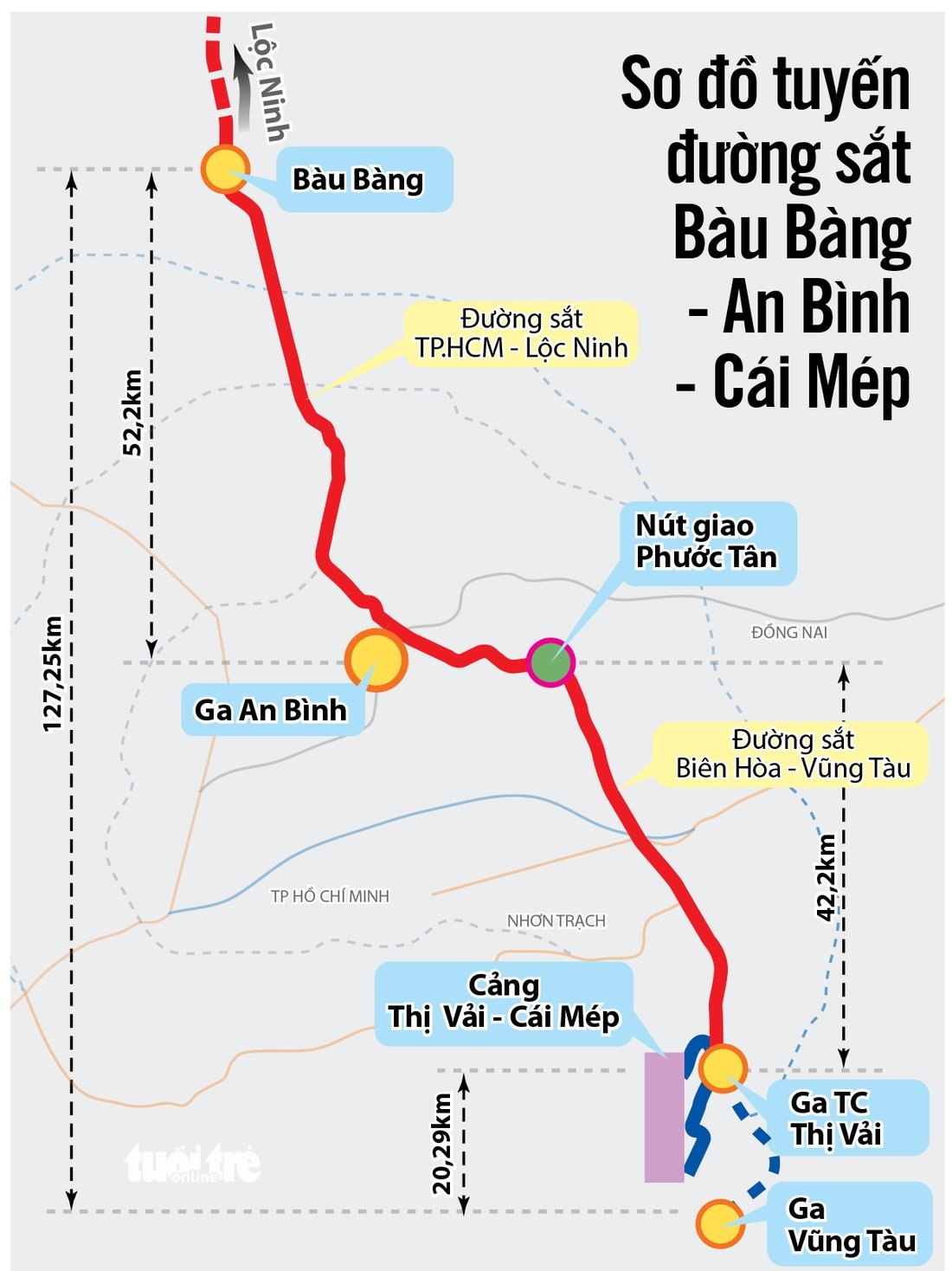
Source: Becamex - Graphics: N.KH.
Associate Professor Dr. Bui Tat Thang, former Director of the Institute of Development Strategy (Ministry of Planning and Investment), commented that the outstanding strength of Ho Chi Minh City is industry associated with a system of large-scale industrial parks, along with financial services, banking, insurance, logistics...
Efficiency does not only come from each industry or each business, but most importantly the connection and synchronization of the entire supply chain. A smooth logistics chain with optimal costs at every stage is the condition to increase competitiveness in the international market.
Currently, the whole country has more than 420 industrial parks, of which the Southern key economic region accounts for 35.7% with more than 150 parks.
Notably, Vietnam has 3 of the 100 largest container ports in the world by 2025, of which Ho Chi Minh City has 2 ports, including Cat Lai ranked 22nd with 9.1 million TEUs, and Cai Mep ranked 31st with 7 million TEUs (the remaining port is Hai Phong ranked 30th with 7.1 million TEUs).
"Clearly, the boom in industrial development and import-export of goods in the Southern key economic region requires a different approach to transport infrastructure. The railway connecting the industrial center to the seaport should be started soon to create momentum, contributing to achieving the double-digit growth target in the coming period," Associate Professor Dr. Bui Tat Thang emphasized.
Will be an exciting project
According to Associate Professor Dr. Bui Tat Thang, the latest resolutions of the Party on the renovation process show that the opportunity to build a modern railway connecting industrial centers with seaports in the key economic region of the South is very feasible.
"The construction of this railway line is not only urgent but also very attractive in terms of railway transport business. It will certainly attract much attention from domestic and international investors," said Associate Professor Dr. Bui Tat Thang.
Railway expert Nguyen An emphasized that thanks to Cai Mep - Thi Vai port, goods from Vietnam go directly to North America and the EU without having to go through other transit ports. This is considered a "natural" advantage, helping to increase competitiveness and affirm Vietnam's position on the global maritime transport map.
"Without a railway connection, the port cluster will find it difficult to fully exploit its potential, especially with containers and oversized, overweight goods. Containers will continue to spill onto the roads, goods will be congested, blocking the route to the sea," said Mr. An.
Reviving the railway line that once carried "white gold"
Besides the main North-South route, the French built a number of branch lines, including the Saigon-Loc Ninh railway to serve the transportation of "white gold" - rubber.
In 1933, the 69km Ben Dong So - Loc Ninh section was put into operation and in 1937, this route was merged into the Indochina railway system, becoming the Saigon - Loc Ninh route.
However, after 27 years of operation, this railway line has stopped completely. According to the plan, the Di An - Bau Bang railway line will have some sections running on the old railway bed or about 200m away.
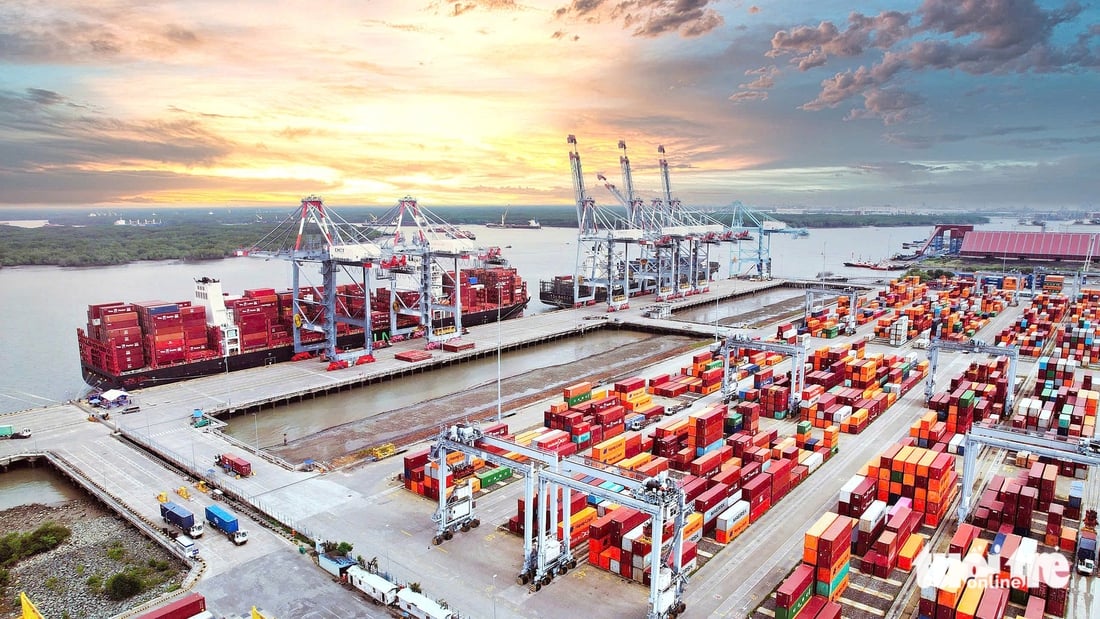
Ho Chi Minh City will develop a smart port - logistics cluster at Cai Mep - Thi Vai - Can Gio following the model of a digital super port and an integrated logistics system, operating on a big data platform - Photo: NGUYEN NAM
The key to maximizing port cluster development
Responding to Tuoi Tre , Director of the Vietnam Maritime and Waterways Administration Le Do Muoi emphasized that with the advantage of owning large port clusters, Ho Chi Minh City after the merger has the conditions to become the leading maritime logistics center in Southeast Asia, a place directly connected to the global supply chain.
* Sir, after the merger, what opportunities does the Ho Chi Minh City seaport system have to develop?
- According to the planning until 2030, the volume of goods passing through the new Ho Chi Minh City seaport system is forecast to reach 447 - 476 million tons/year. Of which, container cargo is from 28 - 31 million Teu, accounting for 32 - 36% of the total volume of goods and 58 - 61% of container cargo passing through the country's seaports.
Resolution 24 of the Politburo on socio-economic development of the Southeast region clearly states the priority of investment in strategic infrastructure systems, encouragement of public-private partnerships, and strong mobilization of social resources to build a modern logistics center on par with the region. This is an opportunity for Ho Chi Minh City to attract international transport, logistics and investment corporations in the field of seaports and connecting infrastructure.
* In fact, due to the lack of connection by modern railway, the port cluster has not yet exploited its full potential. So, is it urgent to build a railway soon?
- That's right! The construction of a railway line with a branch directly connecting to the Cai Mep - Thi Vai port cluster is a strategic step to form a multimodal transport axis, reduce the load on roads, and improve the competitiveness of the southern seaport system.
Not only does it help transport industrial goods from Binh Duong, Dong Nai and the Central Highlands to the sea quickly, it also creates a green logistics corridor, reduces emissions, in line with Vietnam's commitment to carbon neutrality by 2050.
Investing in this railway line is very urgent, it is the key for Cai Mep - Thi Vai port cluster to fully exploit its potential, becoming an international cargo transit center, thereby affirming the position of the new Ho Chi Minh City in the regional supply chain.
* To realize this goal, what solutions do you think are needed?
- Firstly, it is necessary to soon complete the mechanism for mobilizing socialized capital, especially applying the PPP model in the railway and logistics infrastructure sectors. This is a prerequisite. Secondly, upgrading port logistics infrastructure, including the dry port center system, warehouses, integrated logistics services, applying digital transformation and artificial intelligence to manage smart cargo flows, reducing customs clearance time.
Third, there must be close coordination between ministries, sectors and localities in synchronous planning of seaports - railways - roads - inland waterways - airways, forming a complete connection network. Fourth, it is necessary to focus on developing green logistics, investing in environmentally friendly means of transport, increasing the use of renewable energy at ports, thereby creating new competitive advantages when major markets apply cross-border carbon tax mechanisms.
When these solutions are synchronously deployed, Ho Chi Minh City will not only be the economic and financial center of the country, but will also truly become the "conductor" of the ASEAN supply chain, on par with the leading maritime logistics centers in the region.
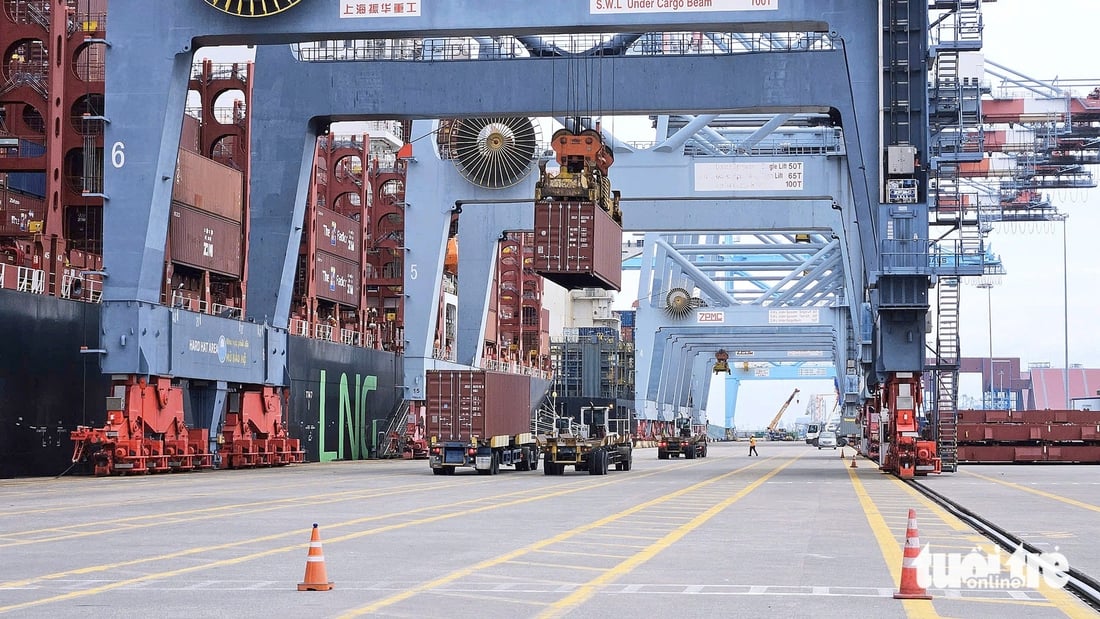
Cai Mep - Can Gio seaport cluster will become one of the large-scale seaport centers of Vietnam and the world - Photo: NGUYEN NAM
Bau Bang - An Binh - Cai Mep route is a dual-use railway.
According to the plan, the new urban railway network of Ho Chi Minh City has 27 lines with a total length of 1,012km. The city is currently applying Resolution 188 to invest in many metro lines at the same time with the goal of completing 355km by 2035. While metro lines solve the travel needs of passengers, railway lines solve the problem of both passengers and goods.
According to the plan, the national railway network of Ho Chi Minh City includes 8 routes including: the existing North-South railway and the North-South high-speed railway. Thus, the Bau Bang - An Binh - Cai Mep railway is located in the planned Ho Chi Minh City - Loc Ninh and Bien Hoa - Vung Tau railway axis.
This is a dual-use route for both passengers and goods, considered one of the longest radial routes connecting three developing areas of the city. According to research, the Bien Hoa - Vung Tau section is expected to be invested by the budget, while the Ho Chi Minh City - Loc Ninh section does not have a specific form of investment.
However, according to experts, with new mechanisms from the Railway Law 2025 and a series of newly issued mechanisms, investment in the form of public-private partnership (PPP) or direct investment is also an option that needs to be considered in the context of the budget being focused on many other projects. It is known that Becamex Group is also completing the project investment plan to submit to the City People's Committee.
Source: https://tuoitre.vn/bau-bang-cai-mep-duong-sat-xuyen-tam-cap-man-sieu-tau-20250930094855187.htm






![[Photo] Binh Trieu 1 Bridge has been completed, raised by 1.1m, and will open to traffic at the end of November.](https://vphoto.vietnam.vn/thumb/1200x675/vietnam/resource/IMAGE/2025/10/2/a6549e2a3b5848a1ba76a1ded6141fae)


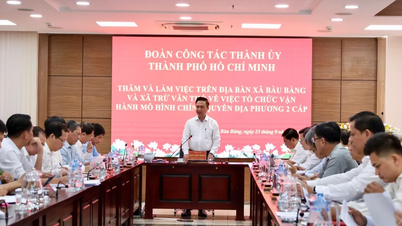

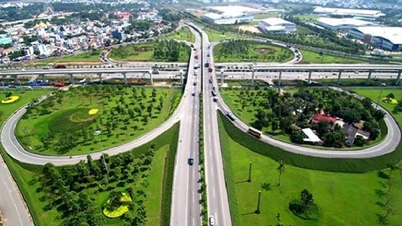
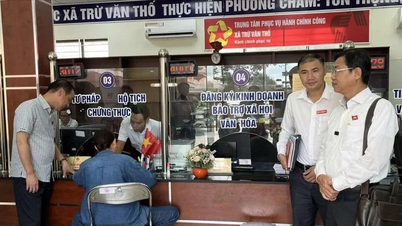
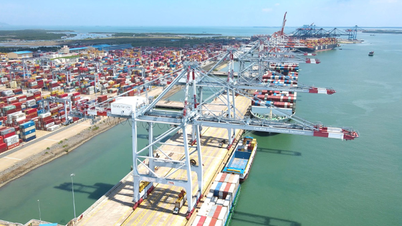

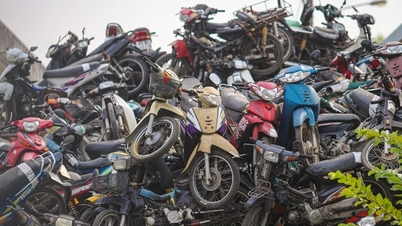



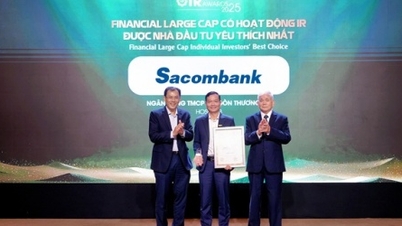
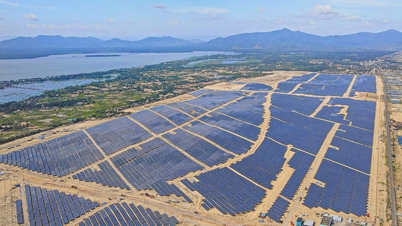

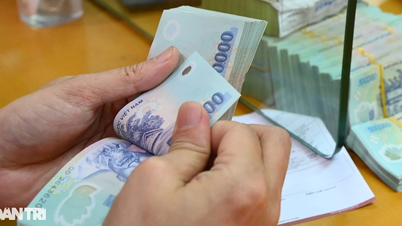






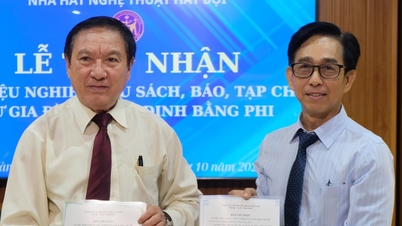

![G-DRAGON WORLD TOUR [Übermensch]: Global icon returns with the most anticipated tour](https://vphoto.vietnam.vn/thumb/402x226/vietnam/resource/IMAGE/2025/10/3/676b6484b7bb4ffabdfd96de39bee896)






































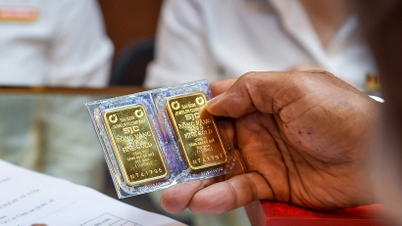


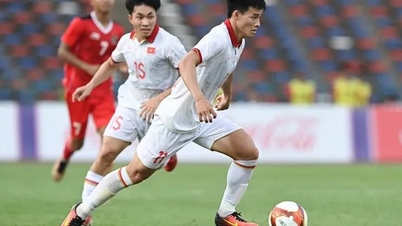


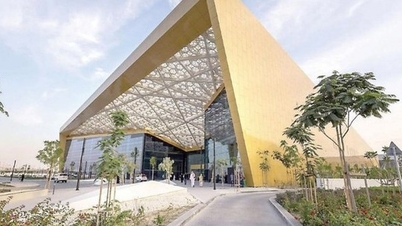
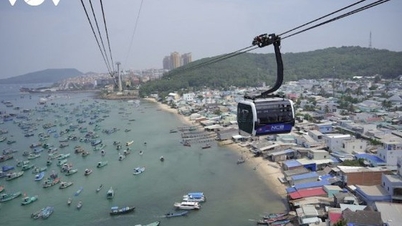


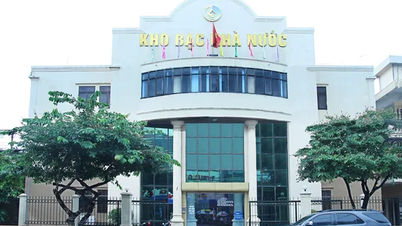


![G-DRAGON 2025 WORLD TOUR [Übermensch]](https://vphoto.vietnam.vn/thumb/402x226/vietnam/resource/IMAGE/2025/10/3/0dec353013874c2ead28385a8c4ccf55)

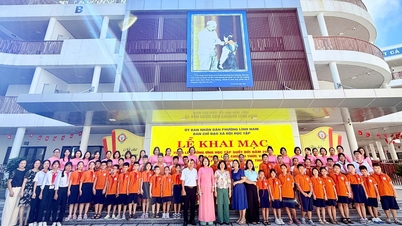
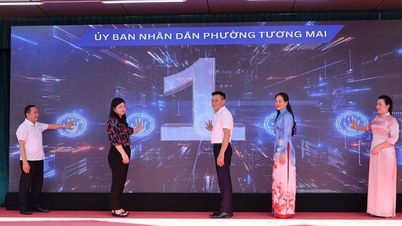












Comment (0)